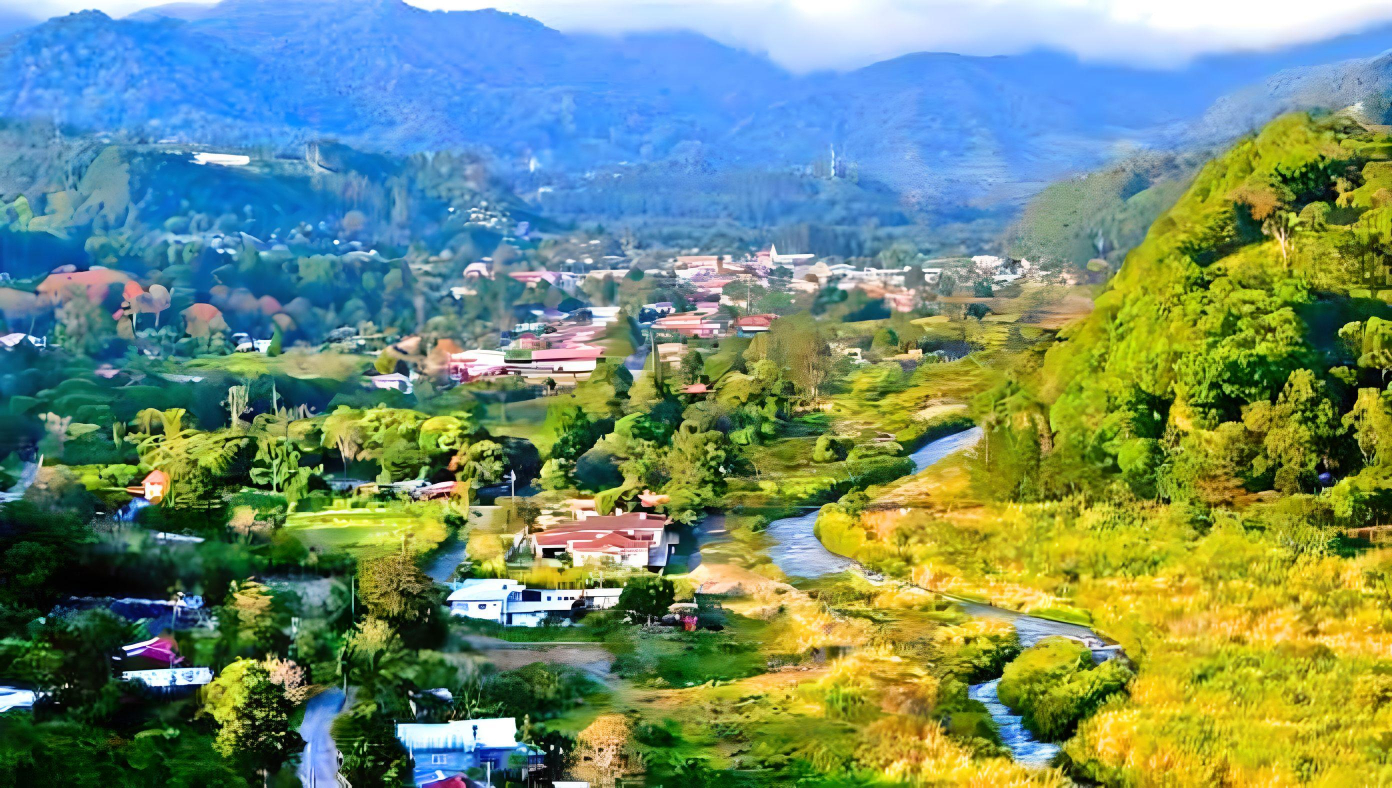Panama, often celebrated as the crossroads of the Americas, offers an intriguing blend of natural beauty, vibrant culture, and historical significance. Known for the iconic Panama Canal, this Central American country is a hub of connectivity and a gateway between the Pacific and Atlantic Oceans. Its diverse landscapes include tropical rainforests, pristine beaches, and bustling cities, making it a fascinating destination for travelers seeking both adventure and relaxation.
Table of Contents
Geography
Panama spans approximately 75,417 square kilometers, making it the smallest country in Central America. It is bordered by Costa Rica to the west and Colombia to the southeast. To the north, Panama has a coastline along the Caribbean Sea, while to the south, it faces the Pacific Ocean. The country’s strategic location is crucial for global maritime trade, with the Panama Canal serving as a key conduit for international shipping.
The geography of Panama is characterized by its mountainous terrain, with the Cordillera Central running through the center of the country. This mountain range gives way to lush rainforests and a variety of ecosystems, from tropical lowlands to cloud forests. The country is also known for its extensive river systems and numerous islands and archipelagos, contributing to its rich biodiversity.
States of Panama
The country is divided into 10 provinces, not states. In addition to the provinces, there are also five indigenous regions (comarcas indígenas) that have a certain degree of autonomy.
| # | Province | Capital |
|---|---|---|
| 1 | Bocas del Toro | Bocas del Toro |
| 2 | Chiriquí | David |
| 3 | Coclé | Penonomé |
| 4 | Colón | Colón |
| 5 | Darién | La Palma |
| 6 | Herrera | Chitré |
| 7 | Los Santos | Las Tablas |
| 8 | Panamá | Panama City |
| 9 | Veraguas | Santiago |
| 10 | Panamá Oeste | La Chorrera |
| # | Indigenous Region | Capital |
|---|---|---|
| 11 | Emberá-Wounaan | Unión Chocó |
| 12 | Guna Yala | El Porvenir |
| 13 | Ngäbe-Buglé | Llano Tugrí |
| 14 | Naso Tjër Di | Sieyic |
| 15 | Madungandí | Akua Yala |
History
Panama’s history is marked by its role as a vital transit route between the Atlantic and Pacific Oceans. Indigenous peoples, such as the Kuna and Ngäbe-Buglé, were the original inhabitants of the region long before Spanish explorers arrived in the 16th century. The Spanish established settlements, and Panama became a crucial part of Spain’s colonial empire, serving as a transit point for gold and silver from South America.
In 1821, The country declared its independence from Spain and joined the Gran Colombia federation. However, internal conflicts led to Panama’s separation from Gran Colombia in 1903, with the support of the United States. The construction of the Panama Canal, completed in 1914, marked a significant milestone in the country’s history and solidified its position as a global trade hub. Panama regained control of the canal from the U.S. in 1999, marking a new era of sovereignty and development.
Today, The country is known for its stable democratic government, robust economy, and vibrant cultural scene. The country’s rich history is reflected in its diverse cultural heritage, including influences from indigenous, African, and European traditions.
Top 10 Must-Visit Destinations
1. Panama Canal
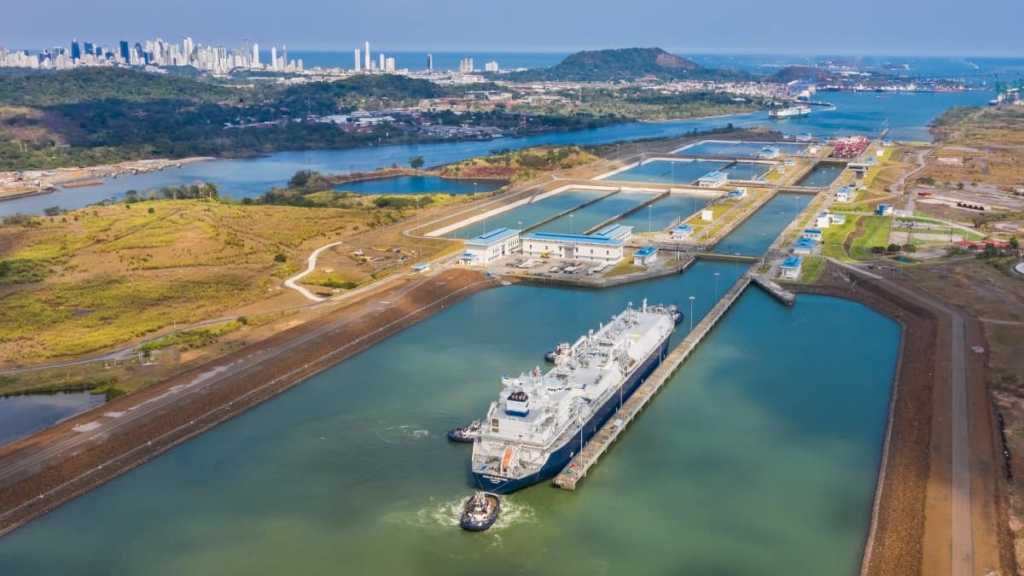
The Panama Canal is one of the most significant engineering feats of the 20th century, connecting the Atlantic and Pacific Oceans. Visitors can explore the Miraflores Locks Visitor Center, where they can observe ships passing through the canal and learn about its history and operation. The canal is a testament to Panama’s role as a global trade hub and offers a fascinating glimpse into international maritime logistics.
2. Casco Viejo
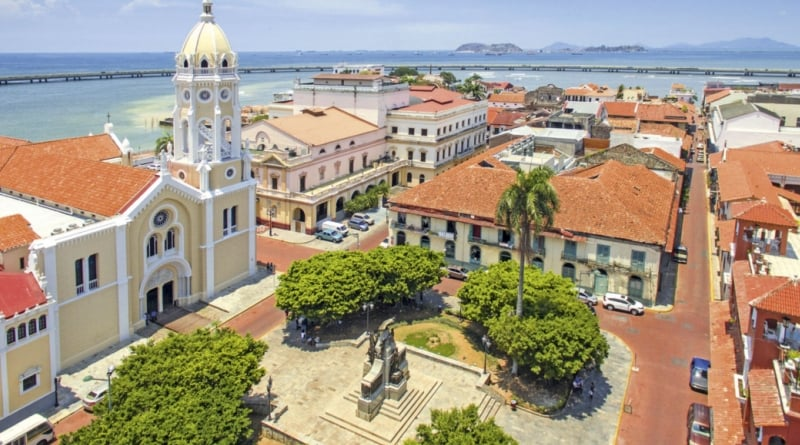
Casco Viejo, the historic district of Panama City, is renowned for its colonial architecture and vibrant atmosphere. The area is a UNESCO World Heritage Site and features charming cobblestone streets, colorful buildings, and historic landmarks. Highlights include the Metropolitan Cathedral, the Panama Canal Museum, and a variety of cafes and shops that reflect the district’s rich cultural heritage.
3. Bocas del Toro
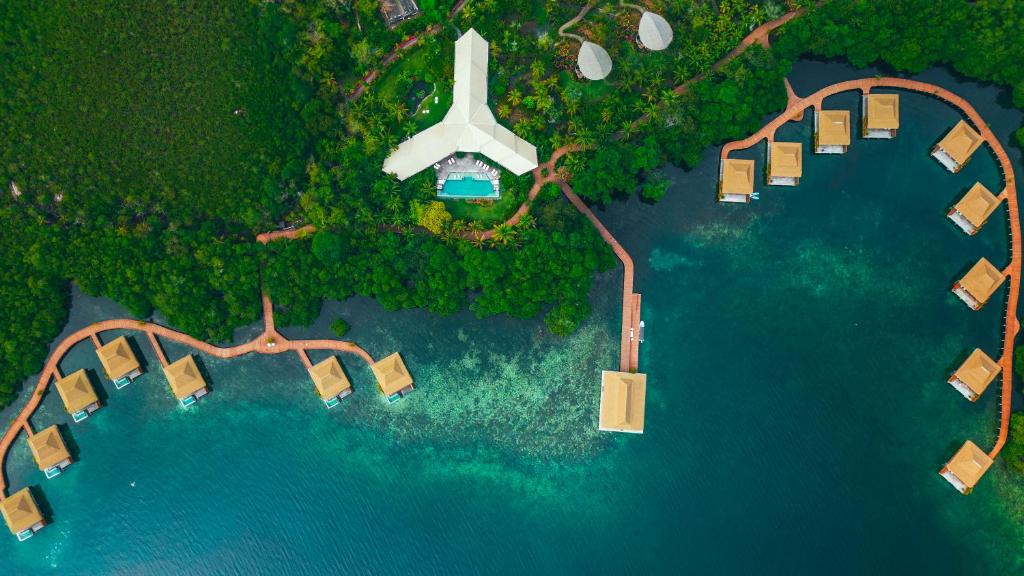
Bocas del Toro is an archipelago located in the Caribbean Sea, known for its stunning beaches and laid-back atmosphere. The islands offer excellent opportunities for snorkeling, diving, and surfing. Bocas Town, the archipelago’s main hub, features a lively mix of restaurants, bars, and shops, while the surrounding islands provide a peaceful retreat with beautiful natural scenery.
4. Boquete
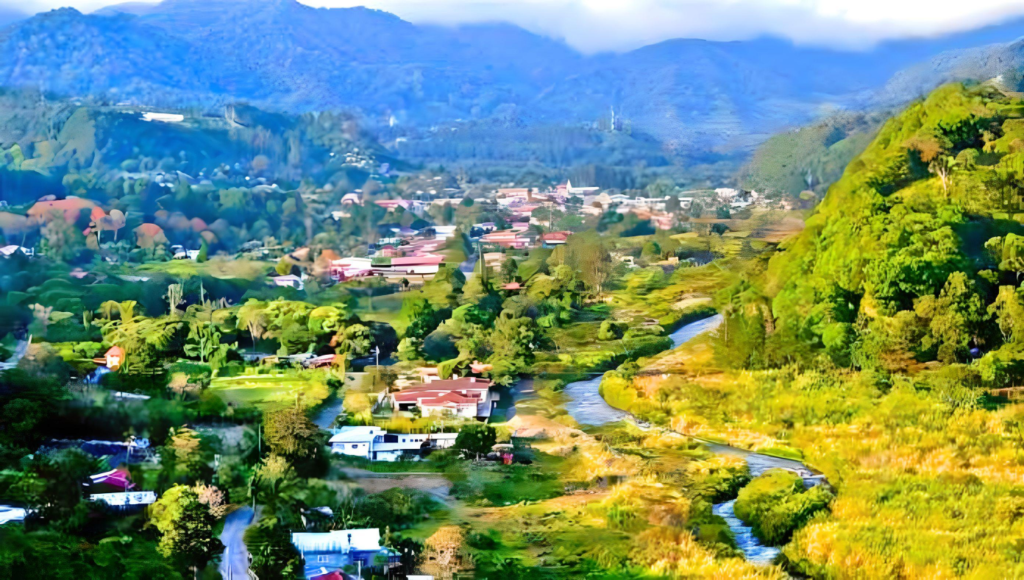
Boquete, situated in the highlands of western Panama, is famous for its cool climate and lush coffee plantations. The town is a popular destination for outdoor enthusiasts, offering activities such as hiking, birdwatching, and exploring nearby volcanoes. The Baru Volcano, the highest peak in Panama, provides breathtaking views and challenging hikes for adventure seekers.
5. San Blas Islands
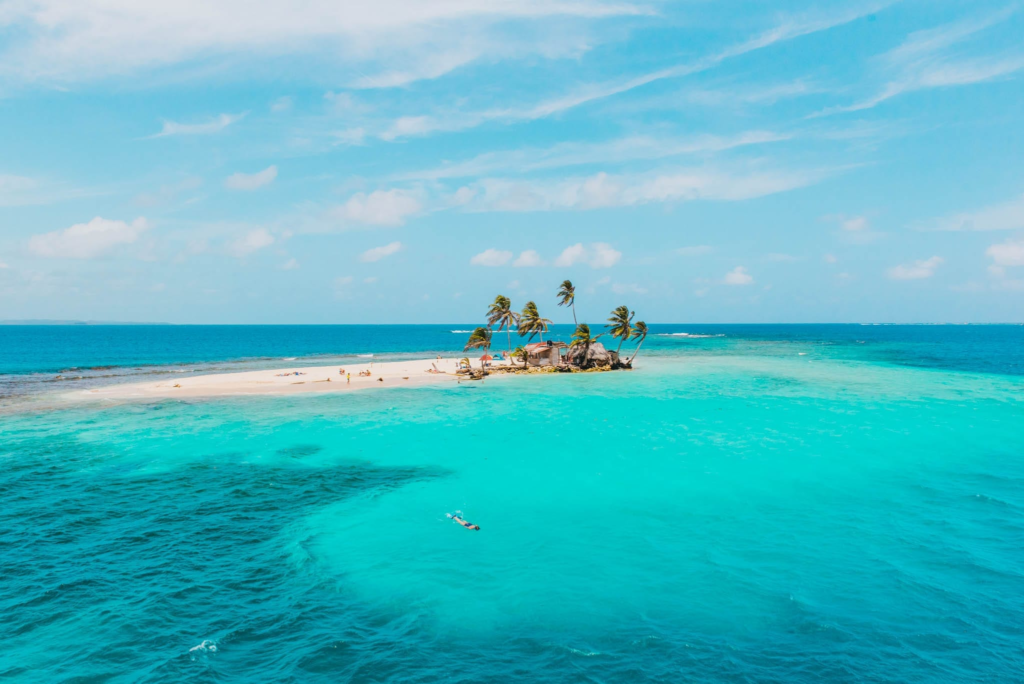
The San Blas Islands, also known as Guna Yala, are a pristine archipelago located off the Caribbean coast. The islands are home to the indigenous Guna people and are known for their crystal-clear waters, white-sand beaches, and vibrant coral reefs. Visitors can experience traditional Guna culture, explore the islands by boat, and enjoy the serene beauty of this remote paradise.
6. Panama Viejo
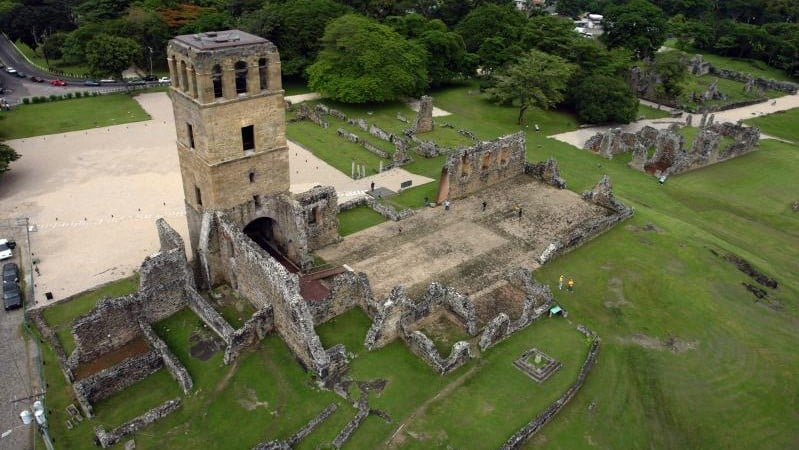
Panama Viejo, the ruins of the original Panama City, offer a glimpse into the country’s colonial past. The site features the remains of churches, fortifications, and residential buildings that date back to the 16th century. Visitors can explore the archaeological site and learn about the history of the city before it was destroyed by pirate attacks and relocated to its current location.
7. Metropolitan Natural Park

Metropolitan Natural Park is a green oasis located within Panama City, providing a natural escape amidst the urban landscape. The park features hiking trails, observation towers, and a variety of wildlife, including monkeys, birds, and butterflies. It offers panoramic views of the city and the Panama Canal, making it a popular spot for both locals and visitors.
8. Volcán Barú National Park

Volcán Barú National Park encompasses the Baru Volcano and its surrounding highlands. The park is known for its rich biodiversity, including cloud forests and diverse flora and fauna. Hikes to the summit of Baru Volcano provide stunning panoramic views of both the Pacific and Atlantic Oceans on clear days, making it a rewarding experience for adventurous travelers.
9. Pearl Islands
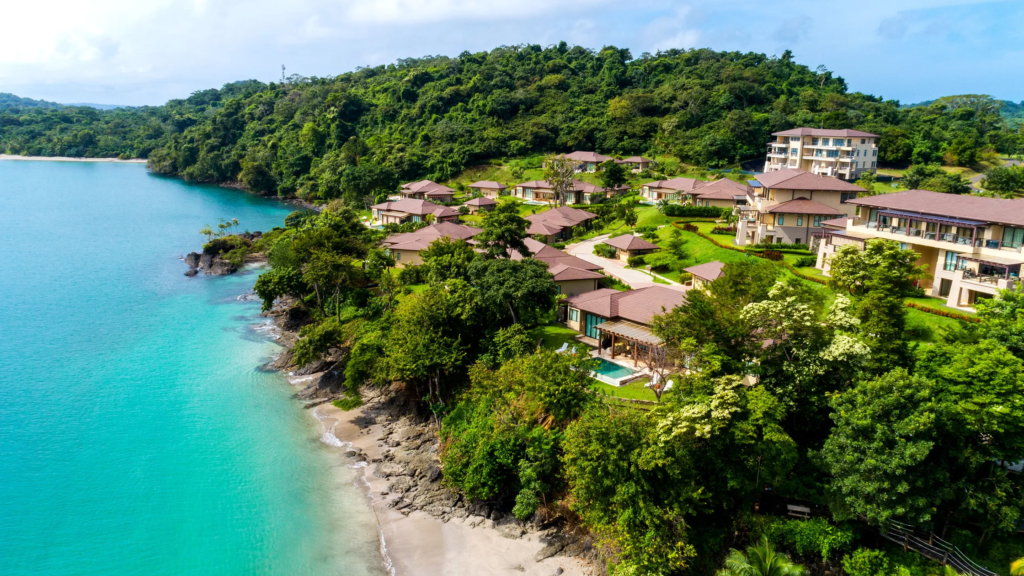
The Pearl Islands, located in the Gulf of Panama, are renowned for their stunning beaches, crystal-clear waters, and excellent fishing opportunities. The islands offer a tranquil escape from the mainland and are ideal for relaxing on the beach, snorkeling, or exploring the diverse marine life. The islands also have a rich history, having been a significant location for pearl diving in the past.
10. Darién National Park

Darién National Park is a remote and ecologically diverse park located in eastern Panama. The park is a UNESCO World Heritage Site and features a range of habitats, from tropical rainforests to wetlands. It is home to a variety of wildlife, including jaguars, tapirs, and numerous bird species. The park offers opportunities for eco-tourism and adventure, including guided hikes and river excursions.
Culture
The country’s culture is a vibrant mix of indigenous, African, and European influences, reflecting the country’s diverse heritage. The population is known for its warm hospitality and festive spirit, with a strong emphasis on family and community. Spanish is the official language, but indigenous languages and English are also spoken, particularly in regions with indigenous populations or tourist areas.
Panamanian cuisine is a flavorful blend of local ingredients and international influences. Staples include rice, beans, plantains, and seafood. Traditional dishes such as sancocho (a hearty chicken stew), ceviche (marinated seafood), and arepas (cornmeal cakes) showcase the country’s culinary diversity. Festivals and cultural events are an integral part of Panamanian life, with music, dance, and traditional costumes playing a central role in celebrations.
Festivals
The country hosts a variety of festivals throughout the year, celebrating its rich cultural heritage and vibrant traditions. One of the most famous festivals is the Carnival of Panama, held in the days leading up to Lent. This colorful event features parades, music, dancing, and elaborate costumes, reflecting the country’s lively and celebratory spirit.
Another notable festival is the Festival de la Mejorana, celebrated in the town of Guararé. This festival honors Panamanian folk music and dance, featuring performances of traditional music and dance forms such as the mejorana, a string instrument native to the region. The festival provides a platform for local artists and preserves the country’s musical heritage.
Economy
The country’s economy is characterized by its strong service sector, particularly in banking and logistics, driven by its strategic location and the Panama Canal. The canal remains a crucial economic asset, generating significant revenue through tolls and related activities. The country has developed a robust financial sector, attracting international banks and businesses to its free trade zones and offshore banking facilities.
Tourism is also a significant contributor to Panama’s economy, with visitors drawn to its natural beauty, cultural attractions, and historical landmarks. The government has invested in infrastructure and marketing to promote sustainable tourism and support local communities. Agriculture, particularly the production of bananas, coffee, and sugar, also plays a role in the country’s economic landscape.
Cuisine
Panamanian cuisine is a reflection of the country’s diverse cultural influences, incorporating elements from indigenous, African, and Spanish culinary traditions. Staple ingredients include rice, beans, plantains, and fresh seafood. Traditional dishes such as arroz con pollo (rice with chicken), tamales, and yuca frita (fried cassava) are commonly enjoyed.
Seafood is particularly important in coastal areas, with dishes like ceviche, made from raw fish marinated in lime juice, and fried fish being popular choices. The use of fresh, local ingredients and traditional cooking methods gives Panamanian cuisine its distinctive and delicious flavors.
Top Eight Most Famous Food
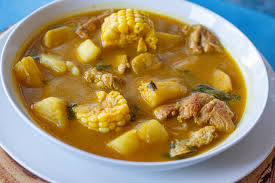
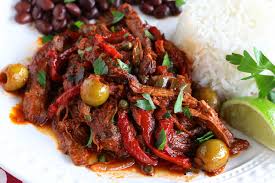
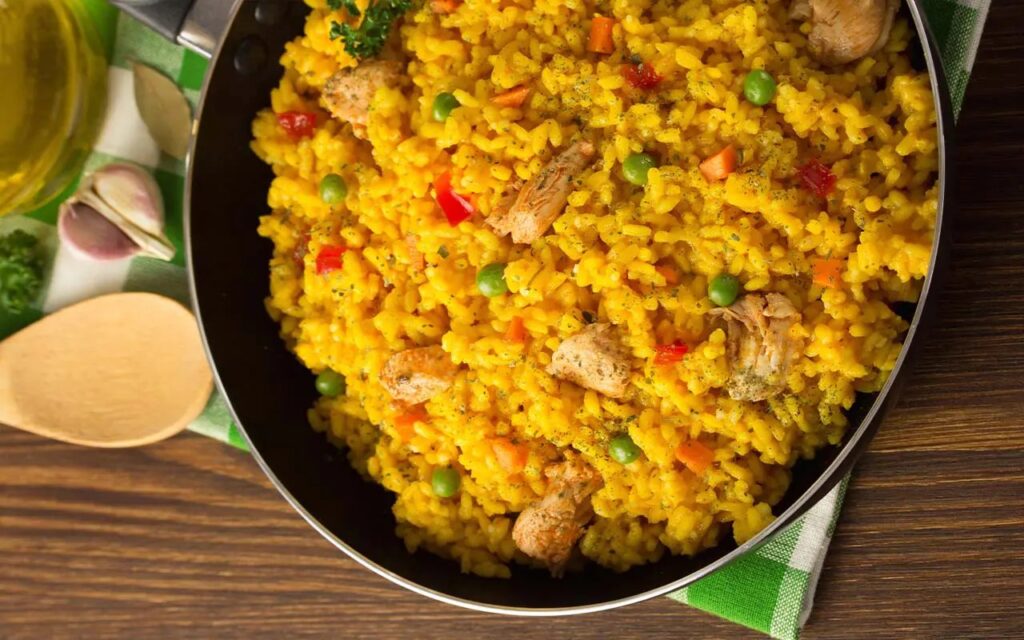
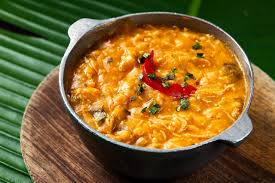
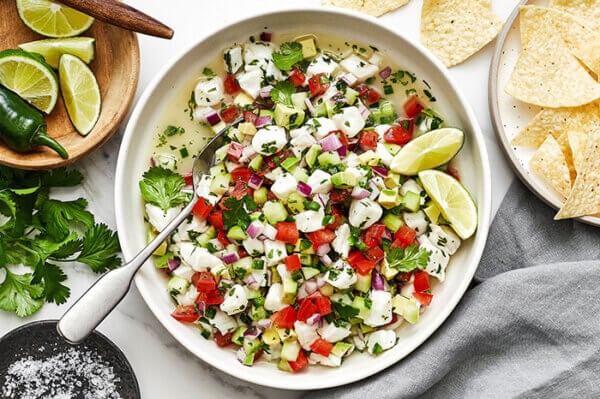
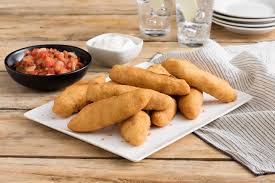
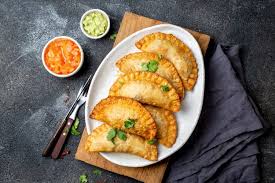

Interesting Facts
- The Panama Canal handles approximately 5% of global maritime trade.
- Panama is home to the only place in the world where you can see the sunrise in the Pacific Ocean and the sunset in the Atlantic Ocean on the same day.
- The country has over 1,000 different species of birds, making it a paradise for birdwatchers.
- Panama’s national symbol is the Golden Frog, which is endangered and found only in the country.
- The country has a high rate of biodiversity, with more than 10,000 plant species and over 200 mammal species.
- Panama uses the U.S. dollar as its official currency alongside its own Balboa.
- The country has a vibrant Afro-Antillean culture, influenced by Caribbean immigrants.
- Panama has the largest duty-free zone in the Western Hemisphere, located in Colón.
- The country’s official language is Spanish, but many Panamanians are bilingual in English.
- Panama’s annual Jazz Festival is one of the largest and most important jazz events in Central America.
Conclusion
The country stands out as a captivating destination with its rich blend of history, culture, and natural beauty. From the awe-inspiring Panama Canal to the tranquil San Blas Islands, the country offers a diverse array of experiences for travelers. Its vibrant festivals, flavorful cuisine, and remarkable biodiversity add to its allure, making it a must-visit destination in Central America. Whether you are drawn by its historical significance or its stunning natural landscapes, The country promises unforgettable moments and a unique journey.

